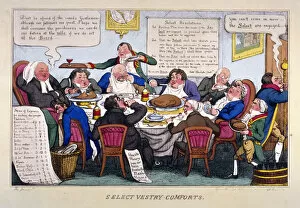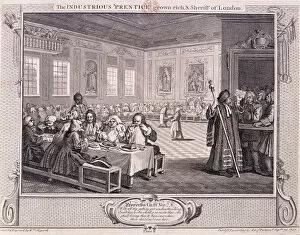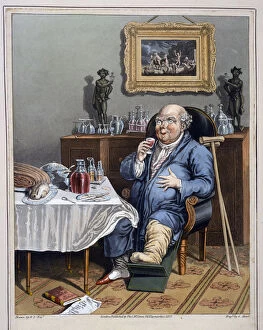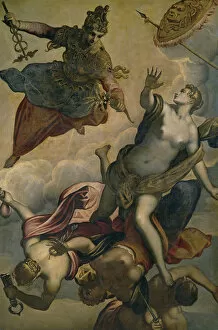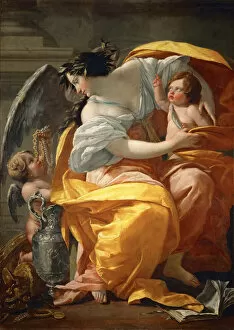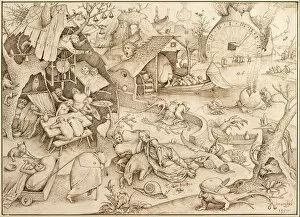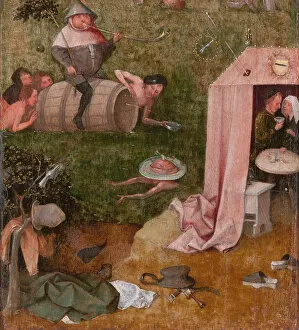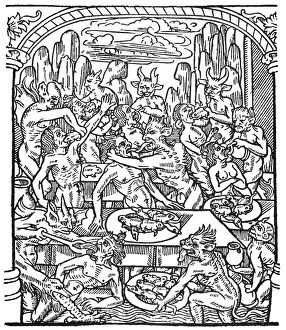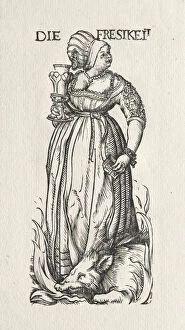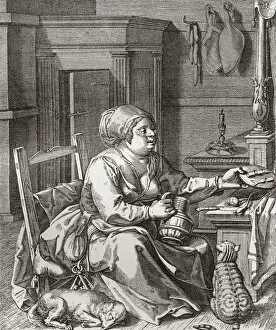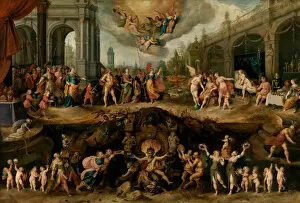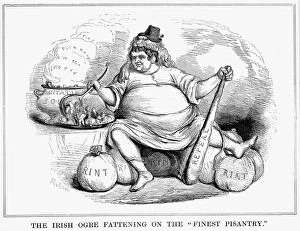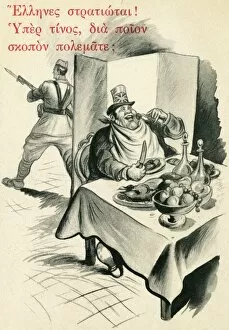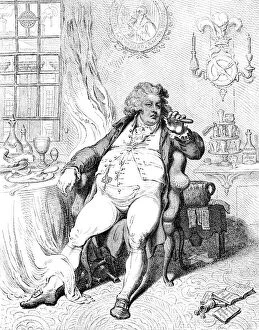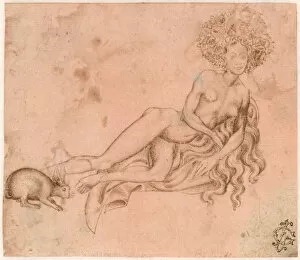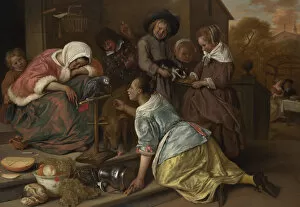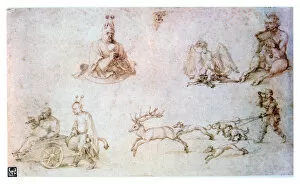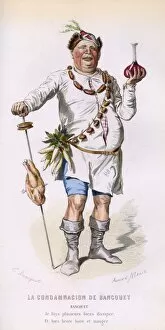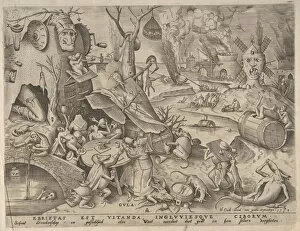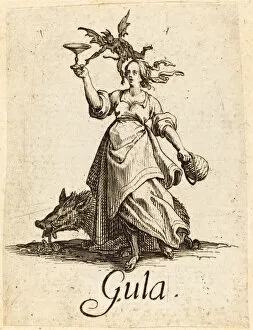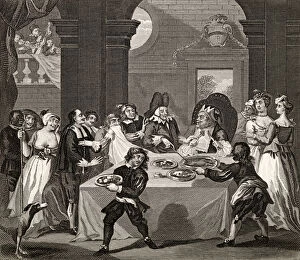Gluttony Collection (#7)
"Indulgence knows no bounds as Pulcinella generously feeds pasta to a little Pulcinella, capturing the essence in this 19th-century painting
For sale as Licensed Images
Choose your image, Select your licence and Download the media
"Indulgence knows no bounds as Pulcinella generously feeds pasta to a little Pulcinella, capturing the essence in this 19th-century painting. " "In the whimsical world of art, even plum puddings are not safe from the clutches of gluttony, as depicted in this vibrant colored engraving from 1805. " "Satisfying cravings with every bite, these delectable iced cupcakes tempt even the most disciplined souls into succumbing to their gluttonous desires. " "The title 'Champion Beer Drinker' speaks volumes about society's fascination with excessive consumption and the allure of indulgence that accompanies it. " "A bon viveur takes center stage as a humanized elephant revels in his insatiable appetite, embodying the spirit through extravagant feasting and pleasure-seeking. " "Pieter Bruegel's masterpiece 'Peasant Dance' transports us to an era where communal celebrations were marked by excessive eating and drinking, showcasing how gluttony transcends time. " "In Jos Posada's early 20th-century metal engraving, we witness a rich man relentlessly pursued by the Seven Deadly Sins, including gluttony. A reminder that excess can lead to spiritual downfall. " "Gaining political favor through lavish banquets and grandiose displays of opulence was not uncommon during elections, as portrayed in 'The Election II: Canvassing for Votes. '" "With intricate details adorning each panel, 'Tabletop of the Seven Deadly Sins and Four Last Things' serves as a cautionary reminder against falling prey to our baser instincts like gluttony. " "A large boy devouring an equally large pie captures both awe and concern over unchecked appetites. A visual testament to how easily we can lose ourselves in moments of indulgence.

